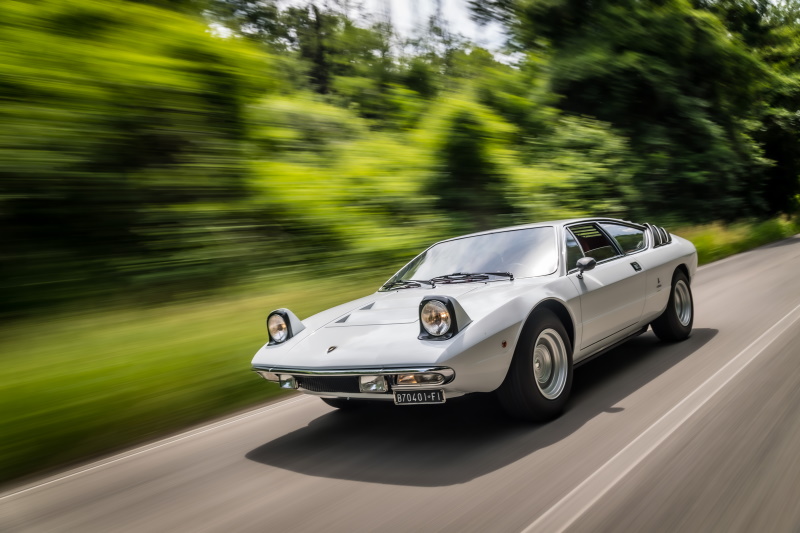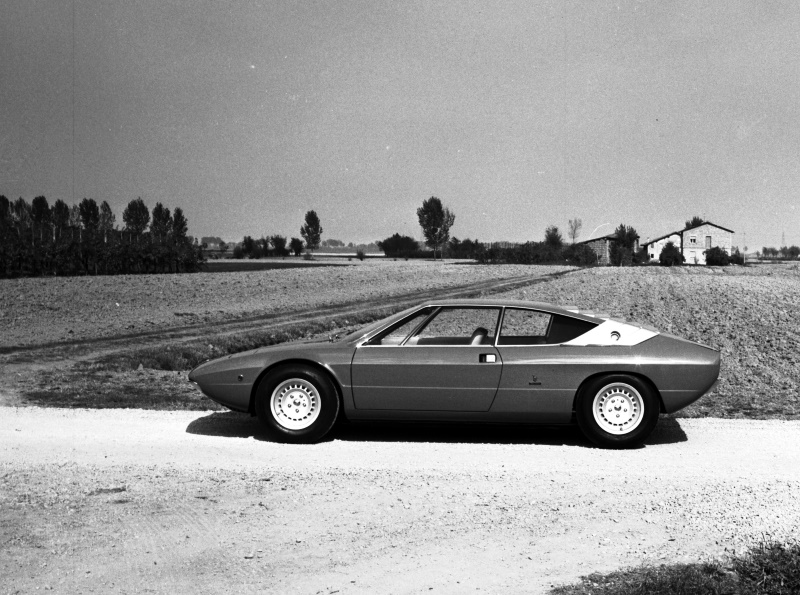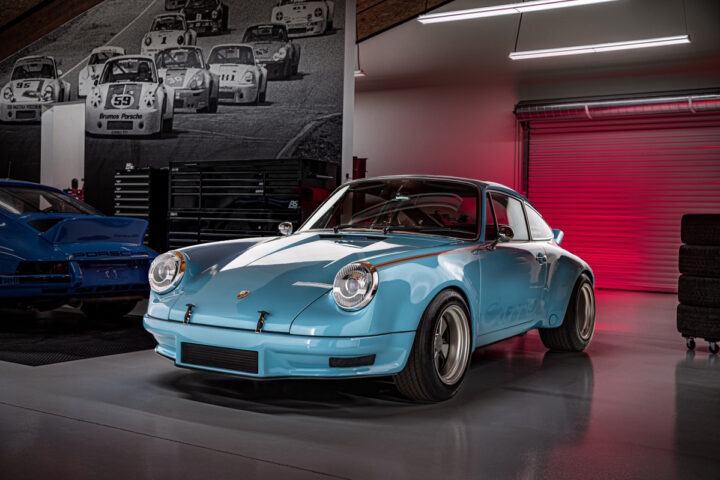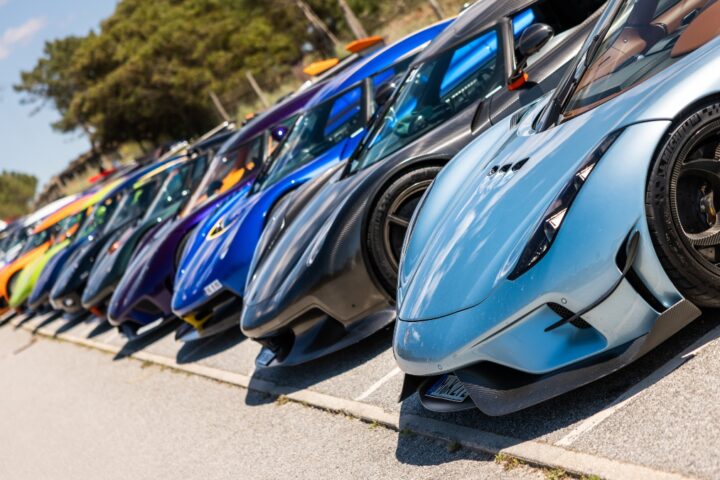50 years ago Lamborghini unveiled the Urraco at the Turin Motor Show, in classic Lamborghini style the new car had to be more clever than those produced by larger car companies. By 1970 the small Italian firm hadn’t even built 3,000 cars and the company was eager to expand production and hopefully profits. The Urraco was really the first “entry-level” Lamborghini, designed to compete with the Maserati Merak and Ferrari Dino.
With its mid-mounted V8 delivering 220 hp at 7800 rpm and a top speed of 245 km/h, the Urraco was faster than its competitor’s thanks to the use of a “Heron chamber” engine head with a flat combustion chamber and a depression in the top of the piston. This solution raised the compression ratio without increasing the costs. The performance was also aided by the four Weber double-body 40 IDF1 type carburetors.
Introduced as P250 Urraco, where the “P” stood for the rear (posteriore) position of the engine, and 250 for the engine capacity (2.5 liters), it was produced from 1970 to 1976. The Urraco was then proposed at the 1974 Turin Motor Show in the P200 version with reduced displacement (1,994cc, 182 hp), intended for the Italian market, from 1975 to 1977. The next version P300 (2,996cc, 265 hp) presented in 1974 was produced from 1975 to 1979. The concept successfully tested and brought to market by the Urraco led to the subsequent 8-cylinder models and the more recent 10-cylinder models, such as the Gallardo and the current Huracán.
























